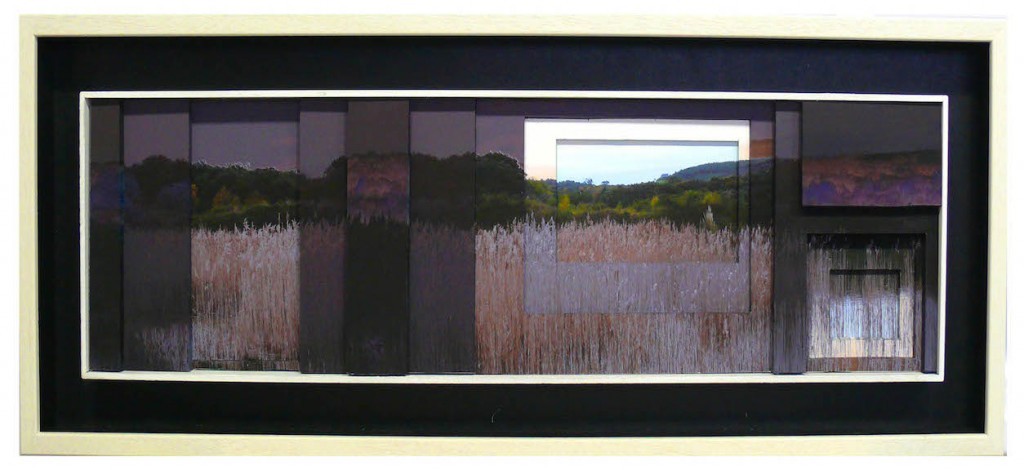Arte Santander ’14 Project
Archaeology of a Landscape
Definition of Landscape:
- Royal Academy. Landscape is, according to the Spanish Royal Academy, «the extension of the terrain that can be seen from a place», or «the portion of terrain considered in its artistic aspect»
- The landscape is not so much the object that one contemplates, but the view of who contemplates. • Landscape as the sum of perception, memories and sentiments, which configure a reality.
- The Landscape is a construct.
- Landscape future
Javier Maduruelo has written: “The idea of landscape is not found so much in the object which one contemplates as in the view of who contemplates (it is not what is in front but what one sees) The landscape is in this way a construction, a concept that allows us to interpret culture and qualities of a territory, place or scene aesthetically. It has to do with an empirically perceptive unit, a codified interpretation from a proactive look. The landscape is not a synonym of nature, nor the physical space which surrounds us or in which we situate ourselves, but that it is a construct, of a mental elaboration that we humans create through the phenomena of culture”.
“Landscape exists when a certain physical or territorial reality is impregnated by a subjective, cultural or social look of appropriation, qualified by the temporal or causal result of the interaction between man and nature”, wrote the German philosopher Simmel.
The landscape is constructed – architecture of landscape – by superimposing the artificial and the natural, the result of a human intervention – forceful, unconscious or artistic – to adapt the resulting image to our aesthetic conventions. At the end of sixties, a group of English artists – Richard Long and David Nash among others – and Americans – Walter de Maris or Robert Smithson – understood, through land art and earthworks, that the territory could convert itself into scenography, on a canvass through the capture of abstract strokes of artistic intervention. The post-modern landscape was not an object and a result of a condensation and visual distillation but an explicit manipulation by the artist of its physical and topographical conditions through the intervention and the actuation at a large scale in a creative project. Fernando Pessoa used to point out that “what we see is not what we see but who we are”. The gestation of a future landscape could pass for projecting, in depth that which we want to be and for which we want to be remembered.
Photography and Landscape:
- Confirmatory element.
- Authentication element
- Fragmented look (faceted)
Photograph gives faith to the existence of the landscape – photographs do not translate but cite, according to Burger in his photographic encapsulation. The realists absolutely do not take the photo to be a copy of the real, but like an emanation of the real in the past; a magic, not an art. What is important is that the photo possesses a confirmatory force, and the confirmation of the photograph is not about the object but the time. From the point of view of the phenomenological, in the photograph the power of authentication takes precedence over the power of representation. The photographic look, like Susan Sontag explained, is inevitably fragmented and superimposed. In a way the contemporary landscape can be read as a palimpsest; its more superficial vision can hide other significant things. This fragmentation, for an artist such as Isidro Blanco, materialises and structures three dimensionally, in the same way as a collage, through the physical deconstruction of these faceted and sequential looks.

Personal Landscape:
For me the landscape has two meanings
- Insitu landscape (that which is visible)
- Invisu landscape (that which has occurred)
I give bigger importance to the mental image than the visual one. My approximation to the landscape is from a distancing of perception like something: sublime, beautiful, heroic, imposing, picturesque, bucolic of the rural. I have labelled my work in a generic way “Archaeology of the landscape”. In it the “Fossilised Landscape” has a special relevance, calling in this way to the space, the landscape in which the human intervention imitates the environment with the passage of time. The same as the Land Art uses the landscape as the support for its performances or for its intervention, in my works is the digital impression, over which I do my artistic intervention.
Next page: Techniques

